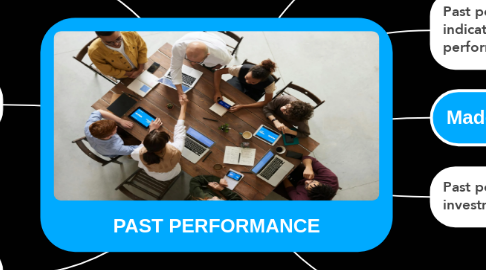PAST PERFORMANCE
создатель Aracely Benavides


1. Past performance evaluations play a major role in evaluating current proposals.
1.1. Past performance is an important evaluation factor in many solicitations. Essentially, it allows an agency to guess as to the likelihood of an offeror’s successful performance under a solicitation by looking to its history of performance on similar projects in the past.
2. How to choose relevant Past Performance
2.1. Past performance can be considered relevant based on the following: Type, scope, complexity and size of contract; as well as contracts in the same industry.
3. An offeror should submit past performance examples that clearly align with the solicitation’s stated requirements, and the proposal should explain how its performance under those projects reflects its likelihood of successful performance on the work at hand.
4. Past performance is a key indicator for future performance
4.1. But past performance is never a guarantee of future performance.
4.1.1. Because, In the stock market, the past never repeats itself exactly.
5. Made by: Veronica Aracely Benavides Martinez
6. Past performance in investments
6.1. Past performance is no guarantee of future results.
6.1.1. For example, No one knows how stocks or bonds or commodities or crypto or real estate is going to perform in the next three years, because it is UNKNOWABLE.
